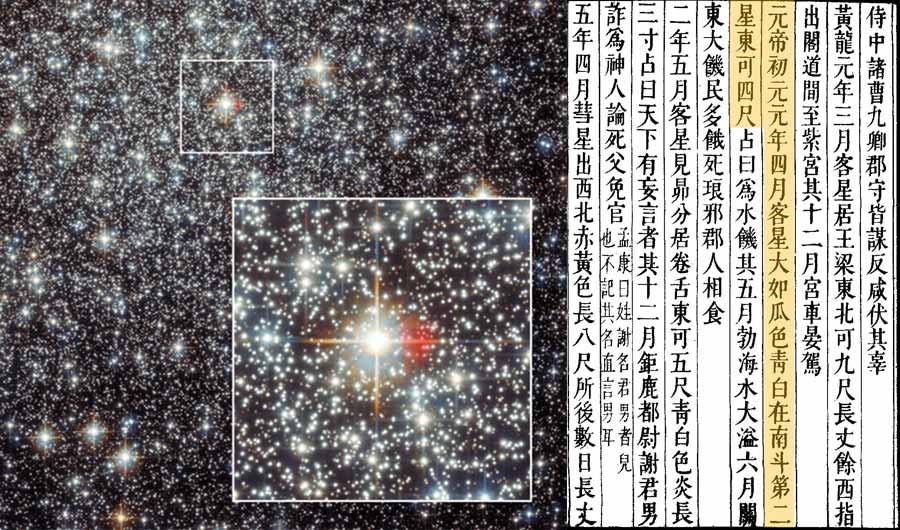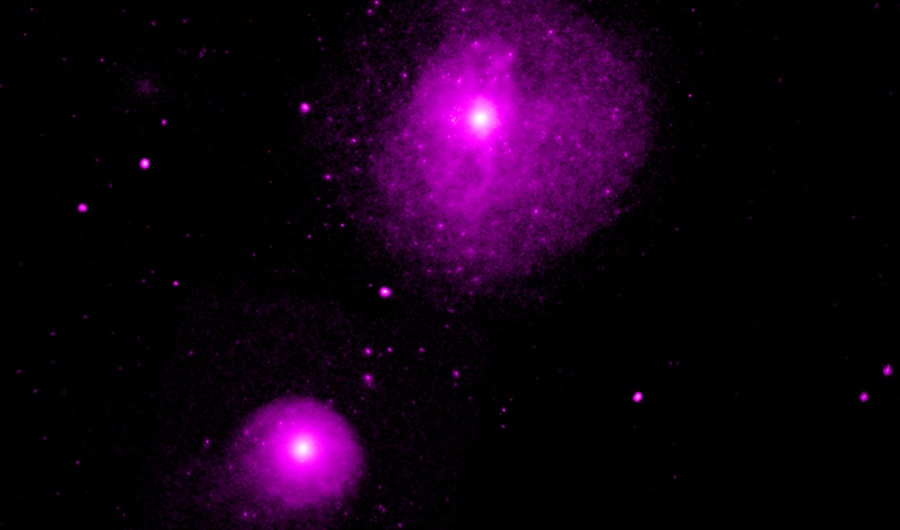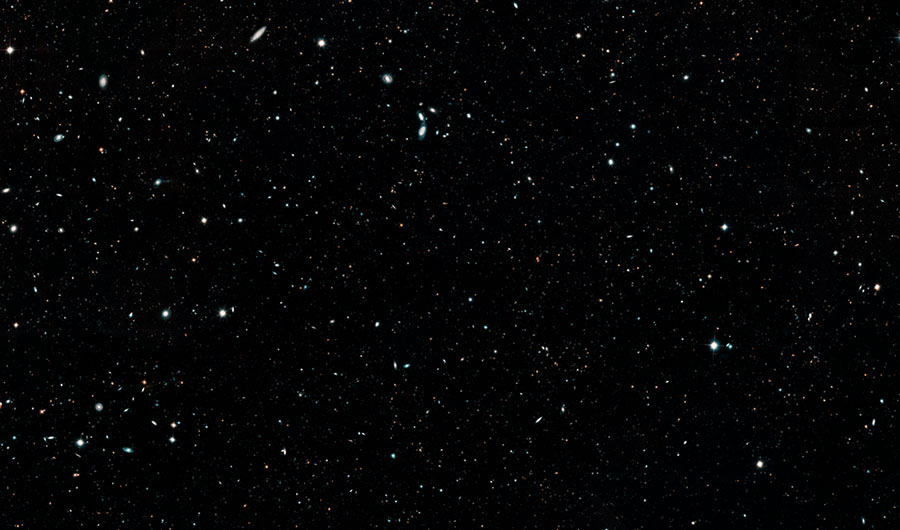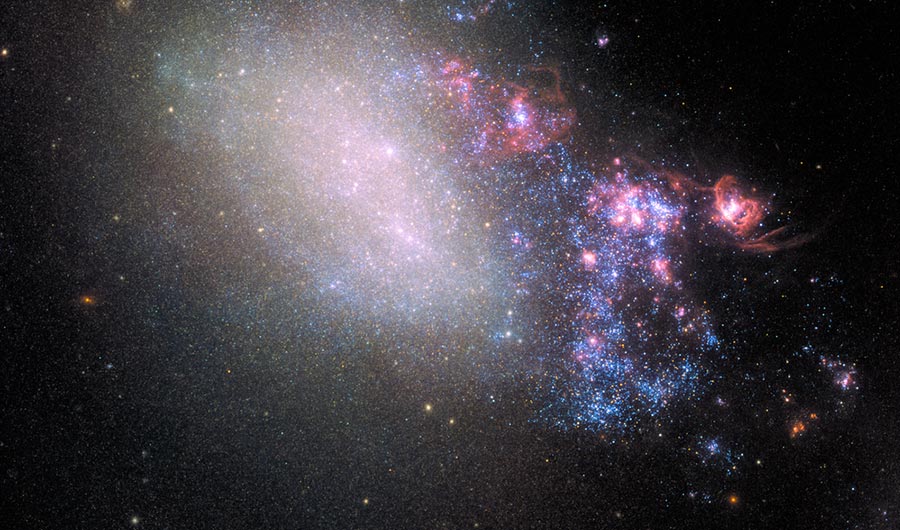May's Stellar Space Pictures
Peer into the past and predict the future with the stars this month.
Image
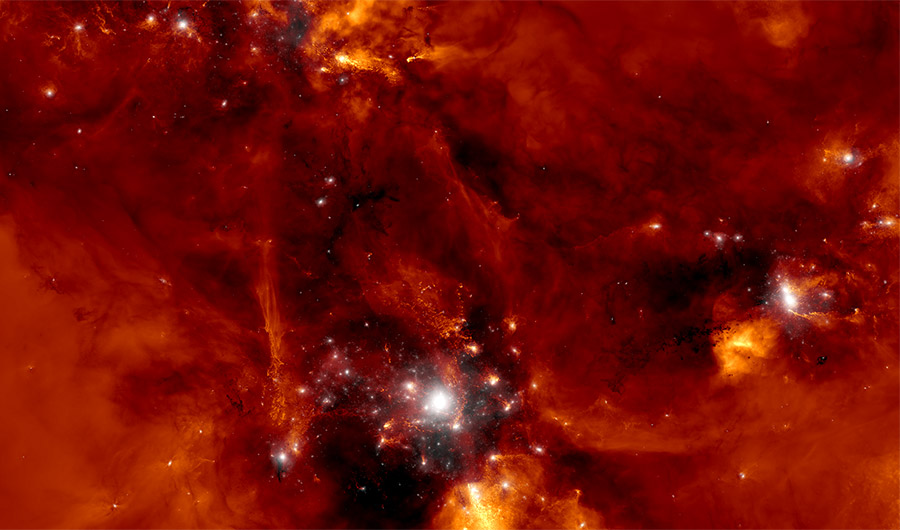
Media credits
(Inside Science) -- Humanity's fascination with celestial objects in the night sky goes back thousands of years. The history of those objects goes back even further. This month, astronomers look back at that long history, using modern technology and ancient texts to observe the celestial bodies. The pictures from these studies build on previous generations' discoveries to look deeper into the cosmos, some of which may even predict future discoveries.

